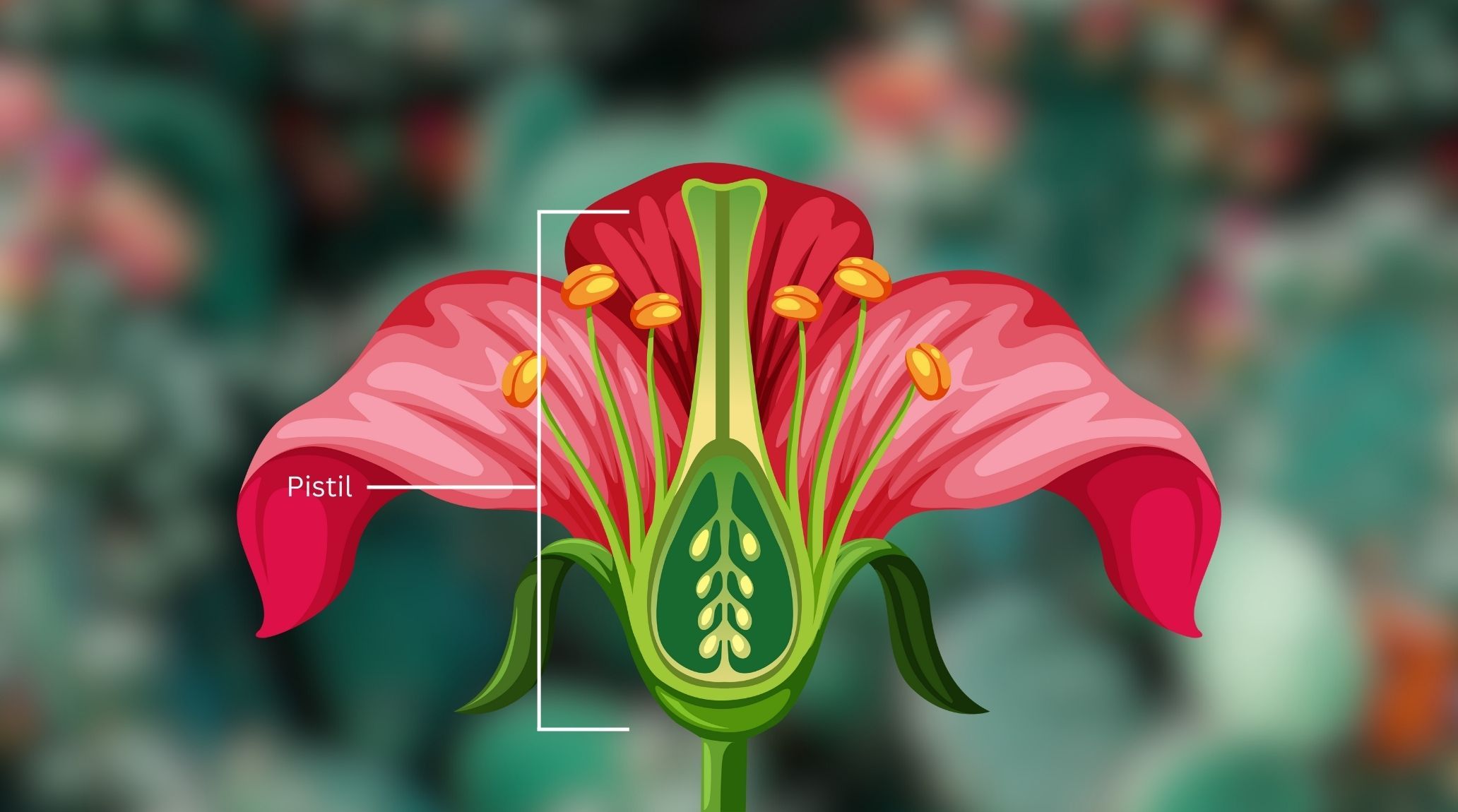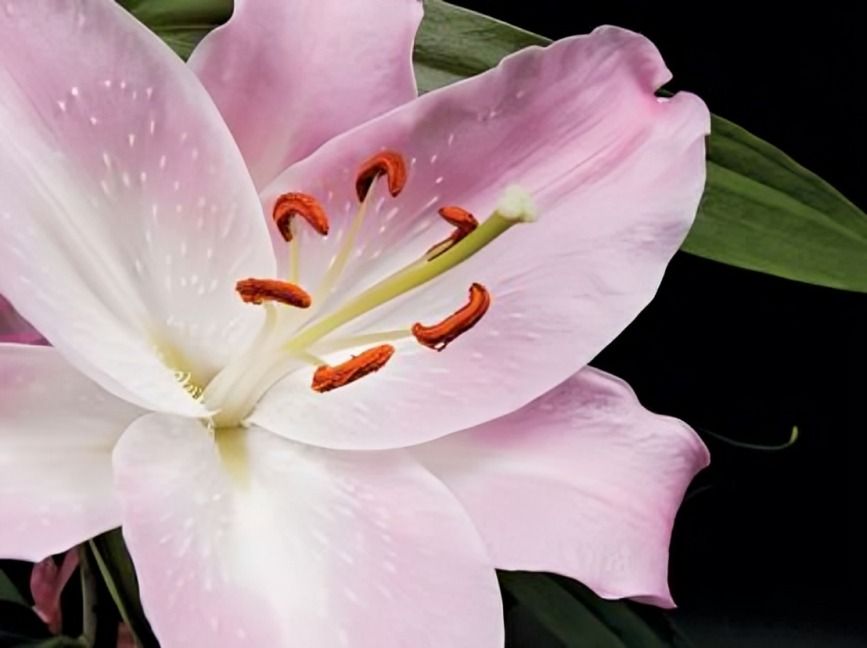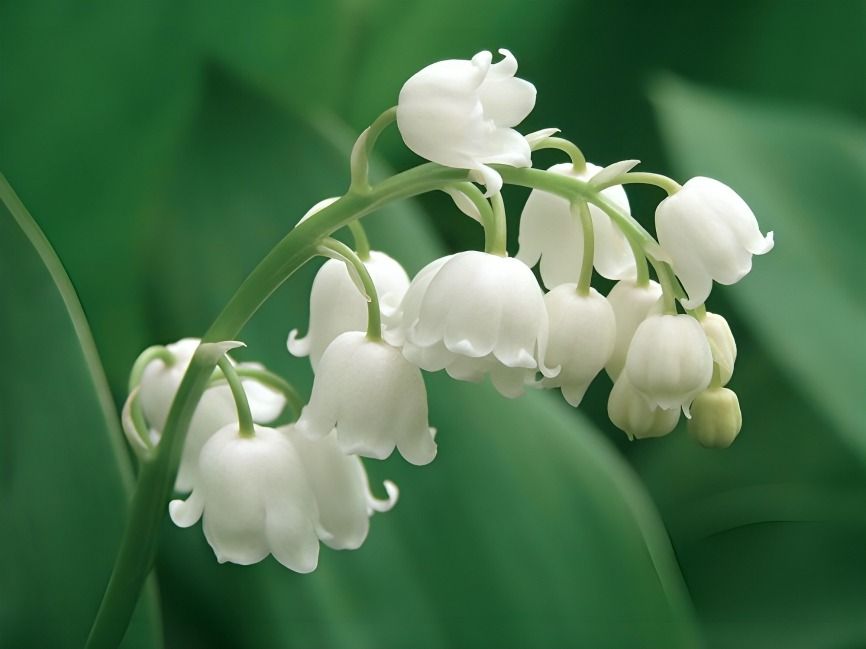
“
These remarkable structures are the cornerstone of flower reproduction, playing a crucial role in producing seeds and fruits. Whether you're a botany enthusiast or simply curious about plant anatomy, understanding the pistil’s structure and function can deepen your appreciation of the natural world. In this blog, we’ll explore 20 fascinating facts about pistils, revealing their diverse forms, functions, and importance in the life cycle of flowering plants. Join us on this journey as we uncover the secrets behind these vital components of floral anatomy.1
1
”
The pistil is the female reproductive part of a flower, consisting of the stigma, style, and ovary. It’s vital for producing seeds and fruits, ensuring the continuation of plant species through its role in reproduction. 1
Some flowers are capable of self-pollination, where pollen from the same flower fertilizes the ovules. This can occur when a pistil and stamens are close or even within the same flower, reducing the need for external pollinators. 2
Many plants require pollen from another flower for fertilization, a process known as cross-pollination. The pistil’s stigma captures pollen transferred by pollinators like bees, butterflies, or even wind. 3
In certain flowers, the pistil can be significantly longer than the stamens, helping to effectively capture pollen. This adaptation enhances the flower’s ability to receive pollen from various pollinators, increasing its chances of successful fertilization. 4
Pistils come in various shapes and structures, from simple and straight to complex and coiled. This diversity allows plants to attract specific pollinators and adapt to their ecological niches. 5

Some flowers have multiple pistils, each with its own stigma, style, and ovary. This adaptation can increase the flower's reproductive efficiency, as each pistil can capture pollen and produce seeds.
In some species, multiple pistils can fuse together to form a compound pistil. This structure combines the functions of individual pistils into one, optimizing the flower’s reproductive capabilities and enhancing its ability to produce viable seeds.6
The color of the pistil, particularly the stigma, can vary widely among flowers. Brightly colored stigmas attract pollinators and enhance the flower's visibility, playing a crucial role in successful pollination by drawing attention to the reproductive parts. 7
The ovary of the pistil can be classified as superior (above other floral parts), inferior (below them), or half-inferior. This classification affects fruit development and the flower's overall reproductive strategy, influencing how seeds are ultimately dispersed.8
After fertilization, the ovary of the pistil develops into a fruit. In fruits like peaches and cherries, the fleshy part we eat originates from the ovary, demonstrating the pistil’s crucial role in the formation of edible and economically valuable products. 9
The gynoecium is the collective term for all pistils within a flower. It encompasses the entire female reproductive system, including stigmas, styles, and ovaries, and plays a central role in the flower's ability to produce seeds and fruits. 10
Orchids often have highly specialized pistils adapted to their unique pollinators. These adaptations can include intricate structures that ensure effective pollen transfer. 11
The structure of the pistil can influence the classification of the fruit produced. For example, the arrangement of pistils affects whether a fruit is simple, aggregate, or multiple, showcasing the pistil's role in fruit development and classification.12
The development of the pistil impacts how seeds are dispersed. Depending on the flower’s design, seeds may be spread by wind, water, or animals, demonstrating the pistil’s influence on the plant’s reproductive success and seed distribution. 13
The pistil’s arrangement affects the overall symmetry of the flower. This symmetry can play a role in attracting pollinators and ensuring that the flower’s reproductive parts are optimally positioned for successful pollination. 14

Aquatic plants may have pistils adapted to floating or submerged conditions. These adaptations ensure that the pistil remains functional in different water environments, allowing for successful reproduction in diverse aquatic habitats.
Different pollinators may prefer flowers with specific pistil shapes or colors. For example, bees may be attracted to flowers with certain pistil structures, influencing the flower’s evolution and its interactions with various pollinator species. 15
Some plants with unique pistils have been used in traditional medicine. For example, the pistil’s role in producing certain fruits or seeds can be linked to their medicinal properties. 16
Understanding the pistil is crucial in agriculture for improving crop yields. Knowledge of pistil function and structure helps in developing crops with better reproductive success, ultimately enhancing food production and agricultural efficiency. 17
The diversity of pistil structures among plants contributes to the rich tapestry of plant biodiversity. Variations in pistil form and function support a wide range of reproductive strategies, reflecting the adaptability and evolutionary complexity of flowering plants.18


